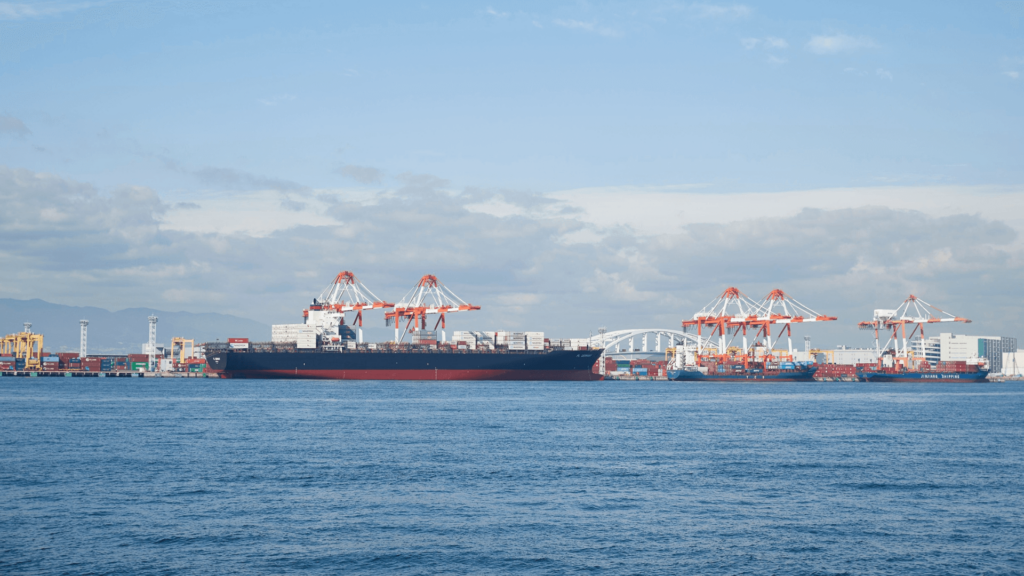
On 14 July 2021, the European Commission adopted a series of legislative proposals outlining its plan to achieve climate neutrality in the EU by 2050. It includes the intermediate target of at least a 55% net reduction in greenhouse gas emissions by 2030. The proposal outlines changes to various EU climate laws, including the EU Emissions Trading System (ETS), with measures to decarbonise energy- intensive industries, and regulations related to transport and land use. It details how the European Commission plans to achieve the EU climate targets set under the European Green Deal. Industrial installations at significant risk of carbon leakage receive special treatment under the EU ETS to enhance their competitiveness. In the latter, the European Commission has also launched the Competitiveness Compass, an essential initiative that provides a strategic and clear framework for three core areas of action: innovation, decarbonisation, and security. It also presented the Clean Industrial Deal in March to boost competitiveness and decarbonisation.
Within the ‘Fit for 55’ package, the ReFuelEU Aviation Regulation was adopted. The Regulation sets obligations for the supply of sustainable aviation fuels (SAF) at Union airports. The Regulation creates a market for SAF with a long-term perspective by setting targets up to 2050, starting at 2% in 2025 and up to 70% in 2050. Besides, airlines must refuel at least 90% of the required fuel volume for outgoing flights at EU airports on an annual average to avoid circumvention through strategic refuelling outside the EU. If an aviation fuel supplier does not meet the minimum shares for SAF supply, penalties will be due, and the missing volume must be additionally placed on the market in the following year(s).
The EU’s Carbon Border Adjustment Mechanism (CBAM) is the EU’s tool to put a fair price on the carbon emitted during the production of carbon-intensive goods entering the EU and encourage cleaner industrial production in non-EU countries. Thus, CBAM is effectively a tool designed to reduce the risks of carbon leakage associated with the EU ETS. ETS currently has an intra-EU scope and is undergoing a “stop-the-clock” mechanism on its potential extension. The Commission is preparing a review of the EU ETS, which will be presented in 2026. Extension of the EU ETS to flights departing from the EEAS territory is one option considered by the Commission.
A potential application of CBAM in the aviation sector requires adjustments from the current set-up for stationary installations. For aviation, CBAM could be applied to routes currently not covered by the aviation EU ETS. This would mean that a carbon price, equal to the ETS allowance price in the EU, would be applied to the complete journey of the passenger or transported goods (from departure to final destination). Potential costs of CORSIA or costs from other carbon pricing schemes in third countries would be considered on such routes.
Based on the initial identification of the potential risk for carbon leakage, other mitigating measures can also be potentially considered. In particular, the creation of an EU climate levy linked to an EU fund could be created. The levy would apply to all departing flights from the EEA, based on the final destination (similar to the ticket tax for passengers in Germany). The levy could further be differentiated by economy and business class. The revenues generated would be earmarked into an EU fund (to decarbonise aviation or to compensate for SAF prices). Alternatively, a levy on SAF could be introduced to departing flights, with the funds used to compensate for the price gap between fossil kerosene and SAF in the face of the ReFuelEU Aviation Regulation obligations for departing flights.
The 21st Florence Air Forum will continue discussions on carbon leakage risks and evaluate the relevance and potential effectiveness of CBAM in addressing these risks within the air services sector. Competitiveness will not be considered concerning CBAM. The forum will explore the suitability of extending CBAM to air transport services to address carbon leakage, considering the assessment carried out as part of DG MOVE’s study on the topic. In addition, it will discuss the feasibility of the creation of an EU climate levy as one of the mitigating measures to reduce carbon leakage.
The Forum, co-organised by the Transport Area of the Florence School of Regulation together with the EC’s DG MOVE, will tackle the following questions:
Please note that this event is by invitation only.

The 4th Florence Rail Regulation Conference aims to discuss advancements for accelerating the growth of the railways in the EU.…

The 3rd Florence Aviation Regulation Conference aims to discuss current and future economic and regulatory policies relating to European air…

The 1st Florence Maritime Regulation Conference aims to discuss regulatory advancements that accelerate the competitiveness and sustainable development of shipping,…
To meet, discuss and learn in the channel that suits you best.